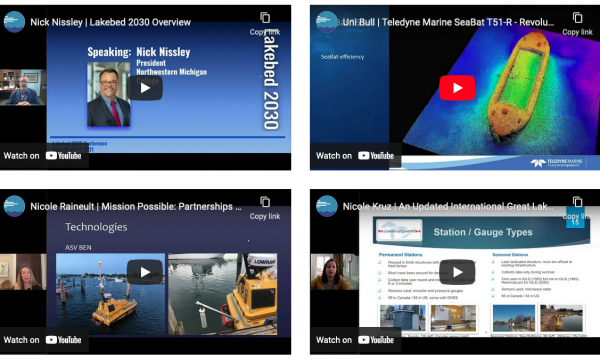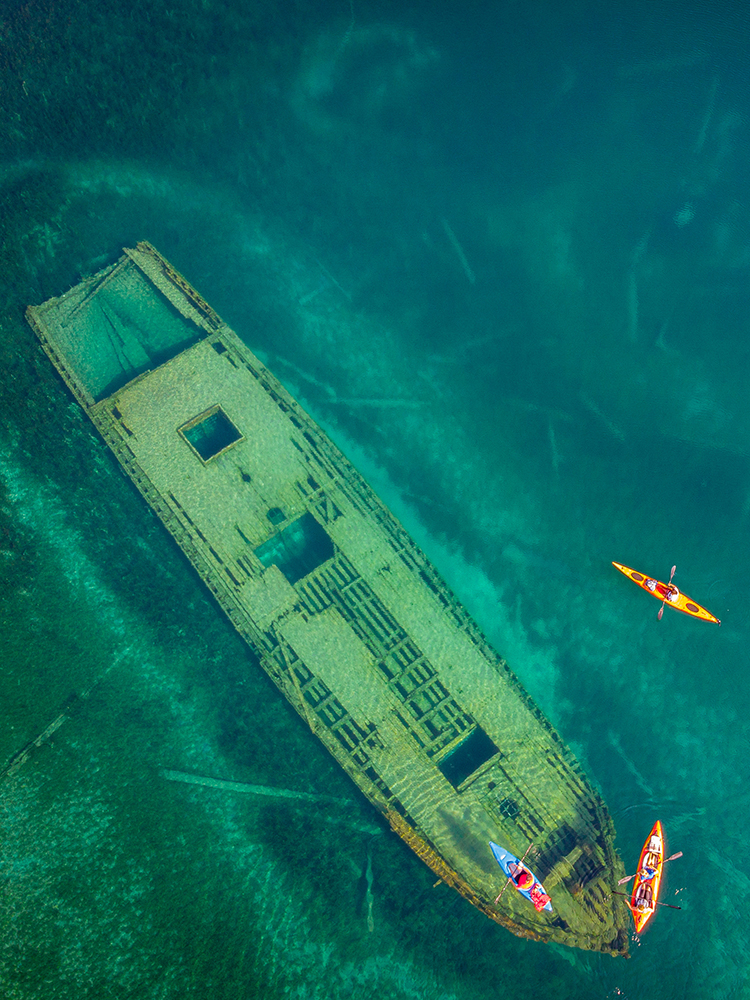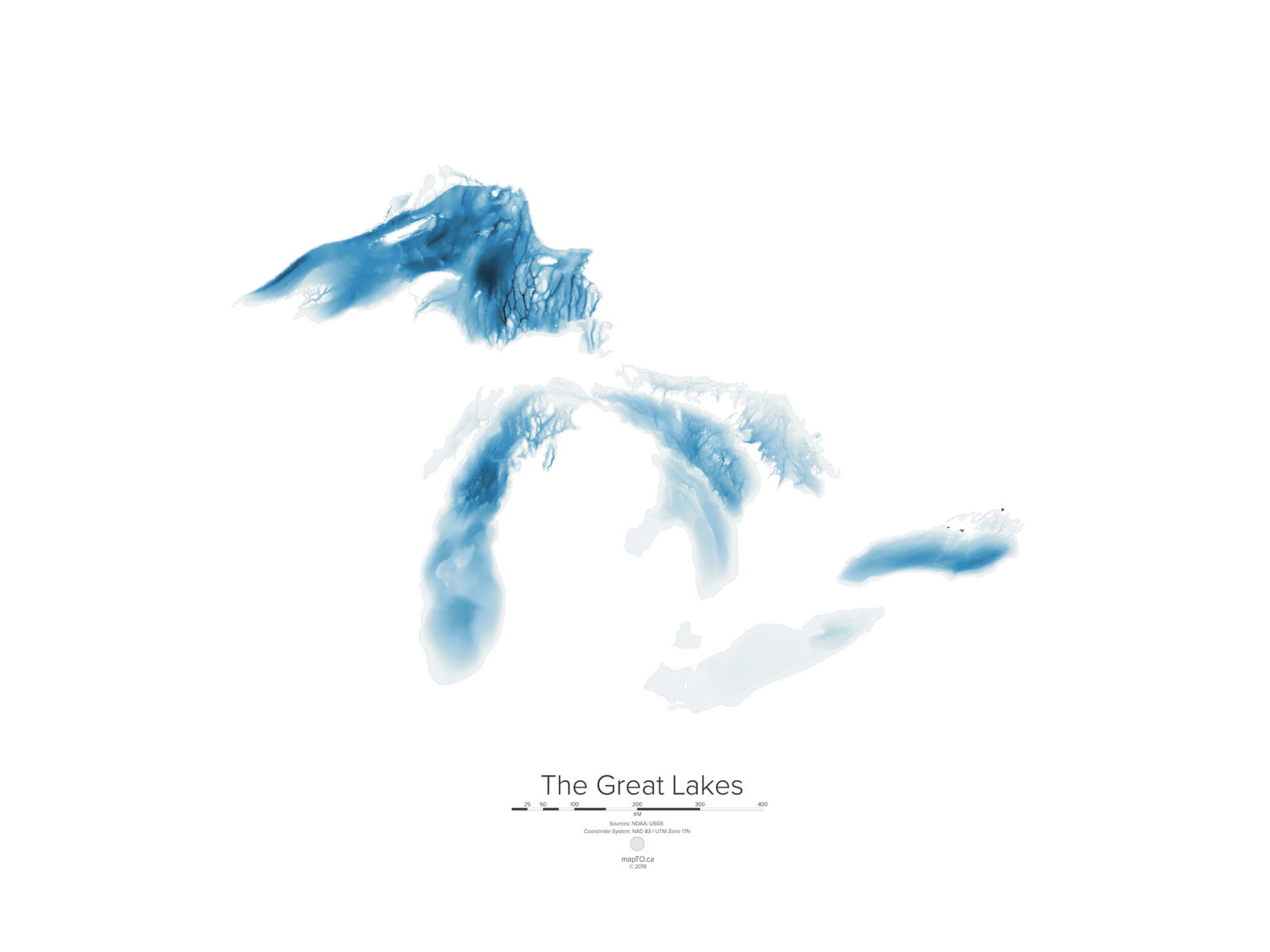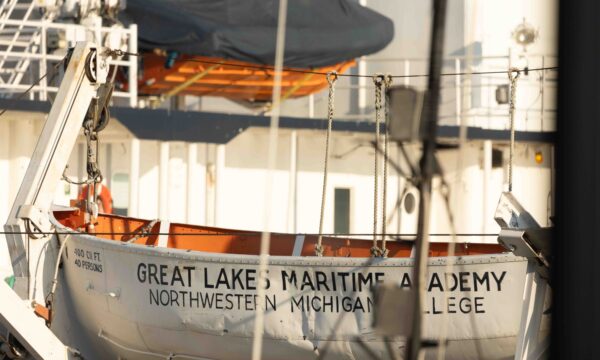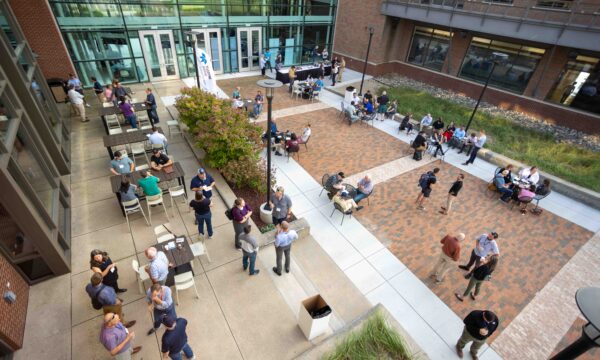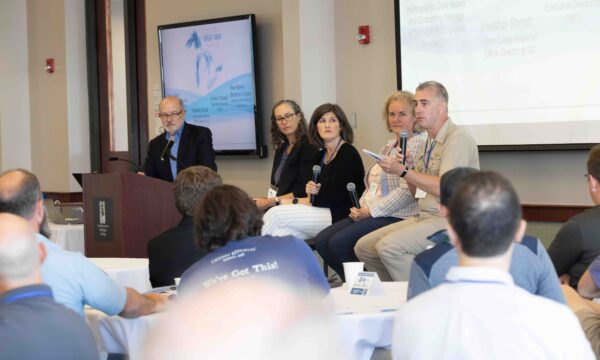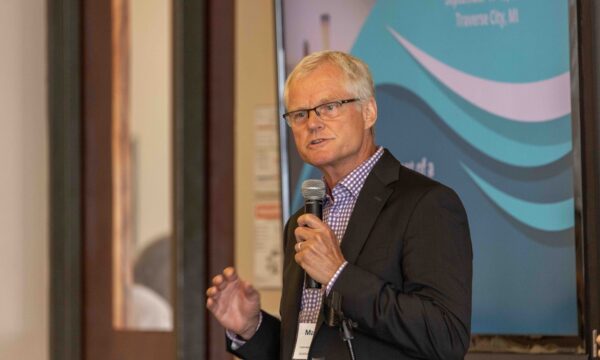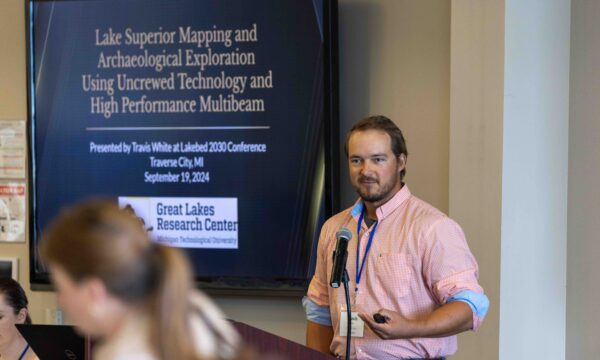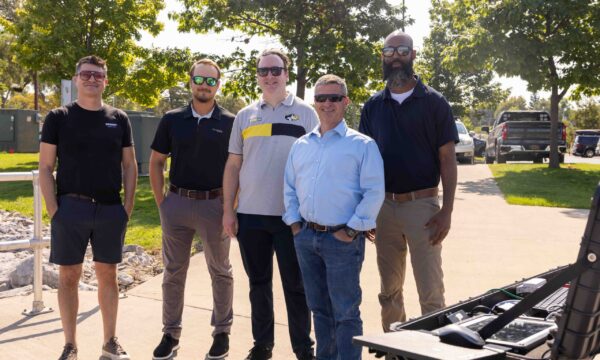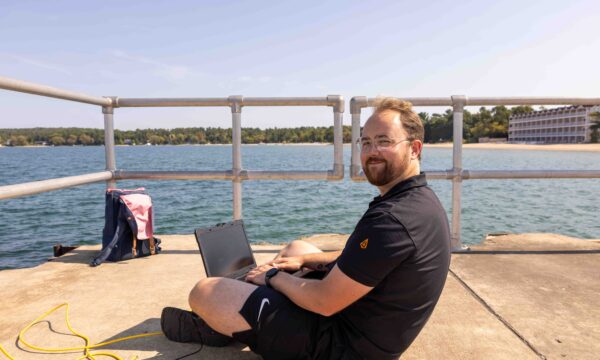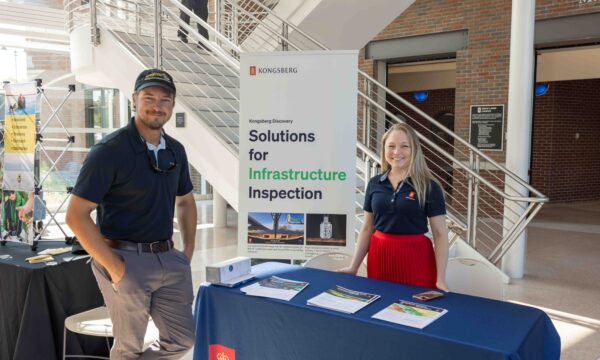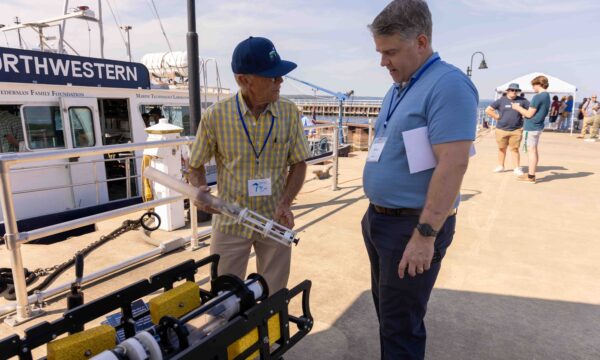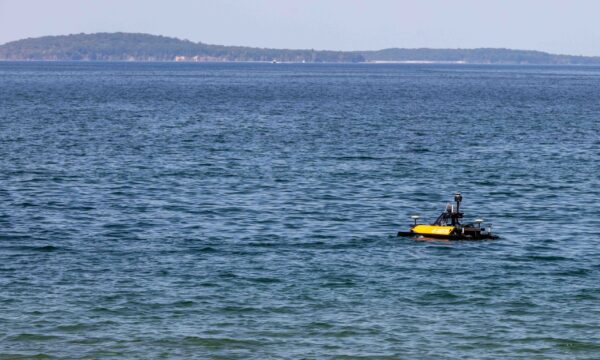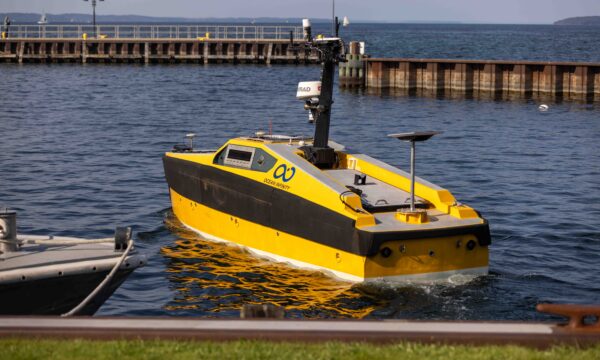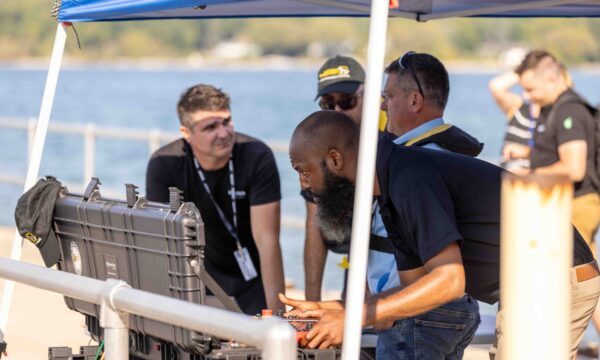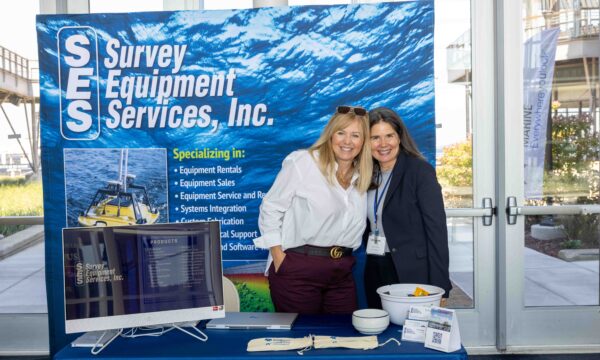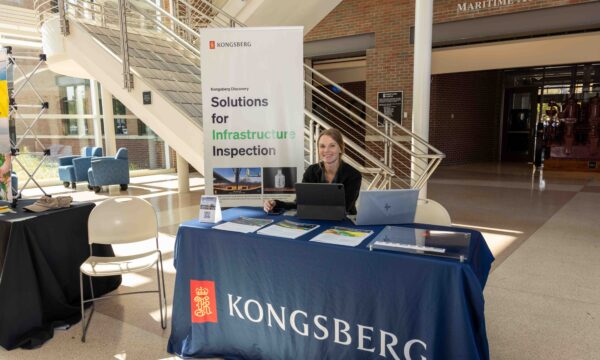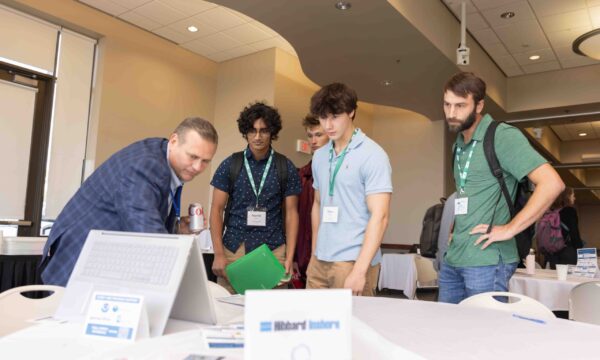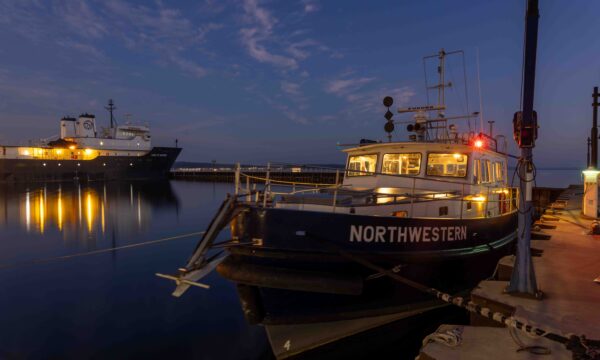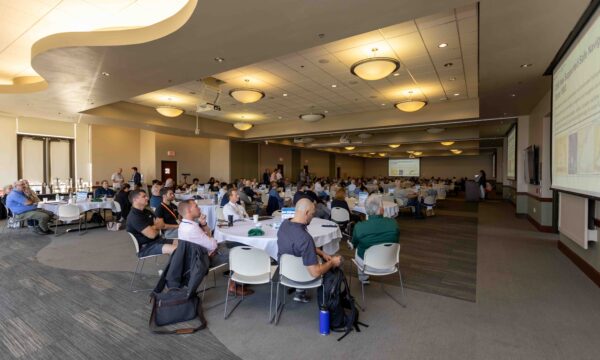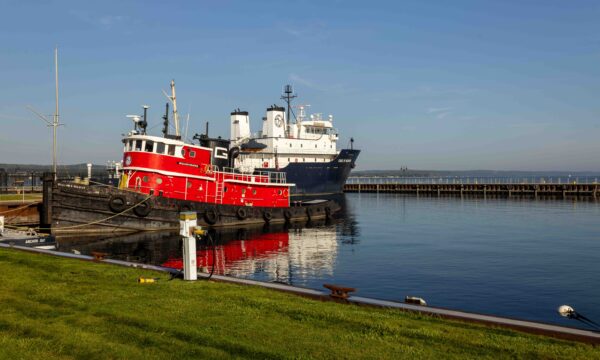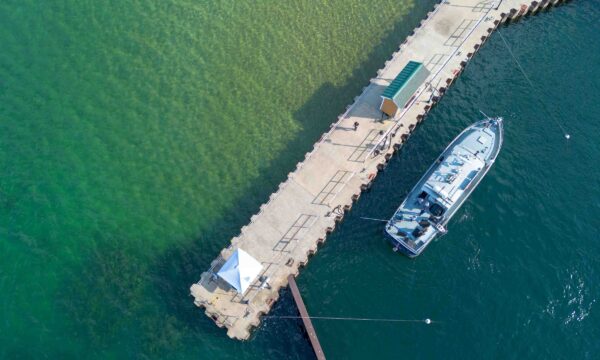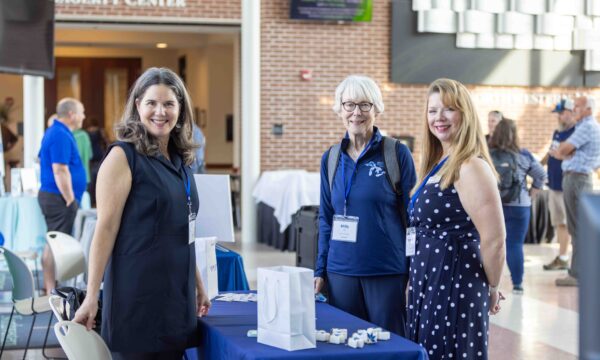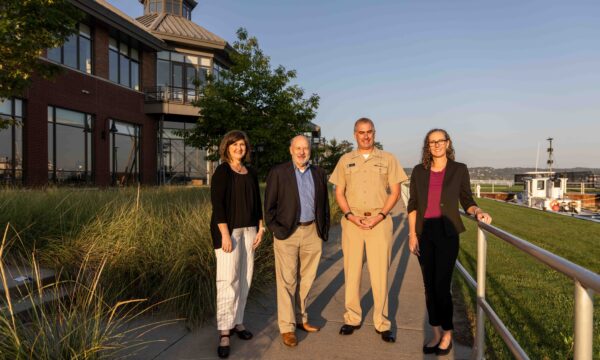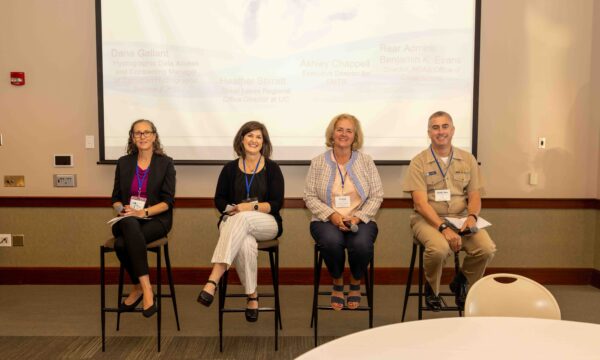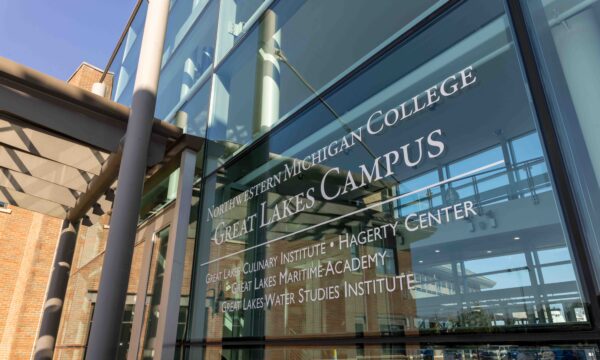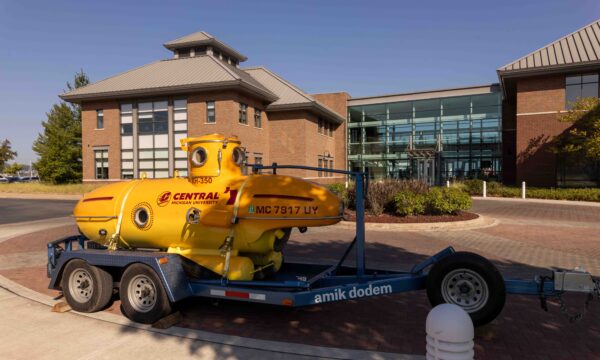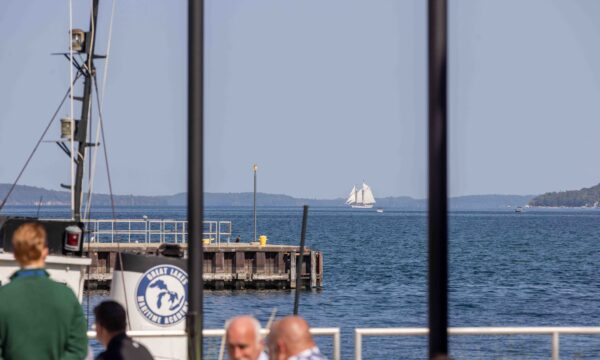Lakebed 2030
Building the Great Map
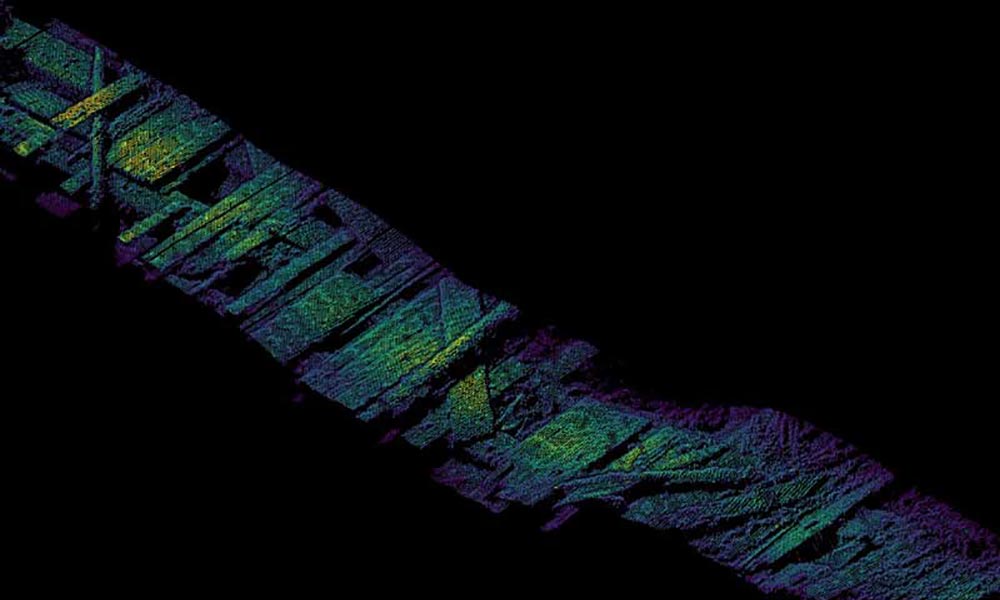
Today, only 15% of the lakefloor has been mapped at high-density.
The Great Lakes have never been fully mapped in detail. Though many maps of the Great Lakes show the shape and depth of the lake floor, known as bathymetry, they are created using data that is sometimes decades old and low-density.
Modern, high-density data enables an extremely detailed map and is critical for effective management, research, and innovation considering the unparalleled value of the resources and the growing blue economy in the Great Lakes region.
High-density data provides visualization of small objects such as pipelines, cables, shipwrecks, and boulders.
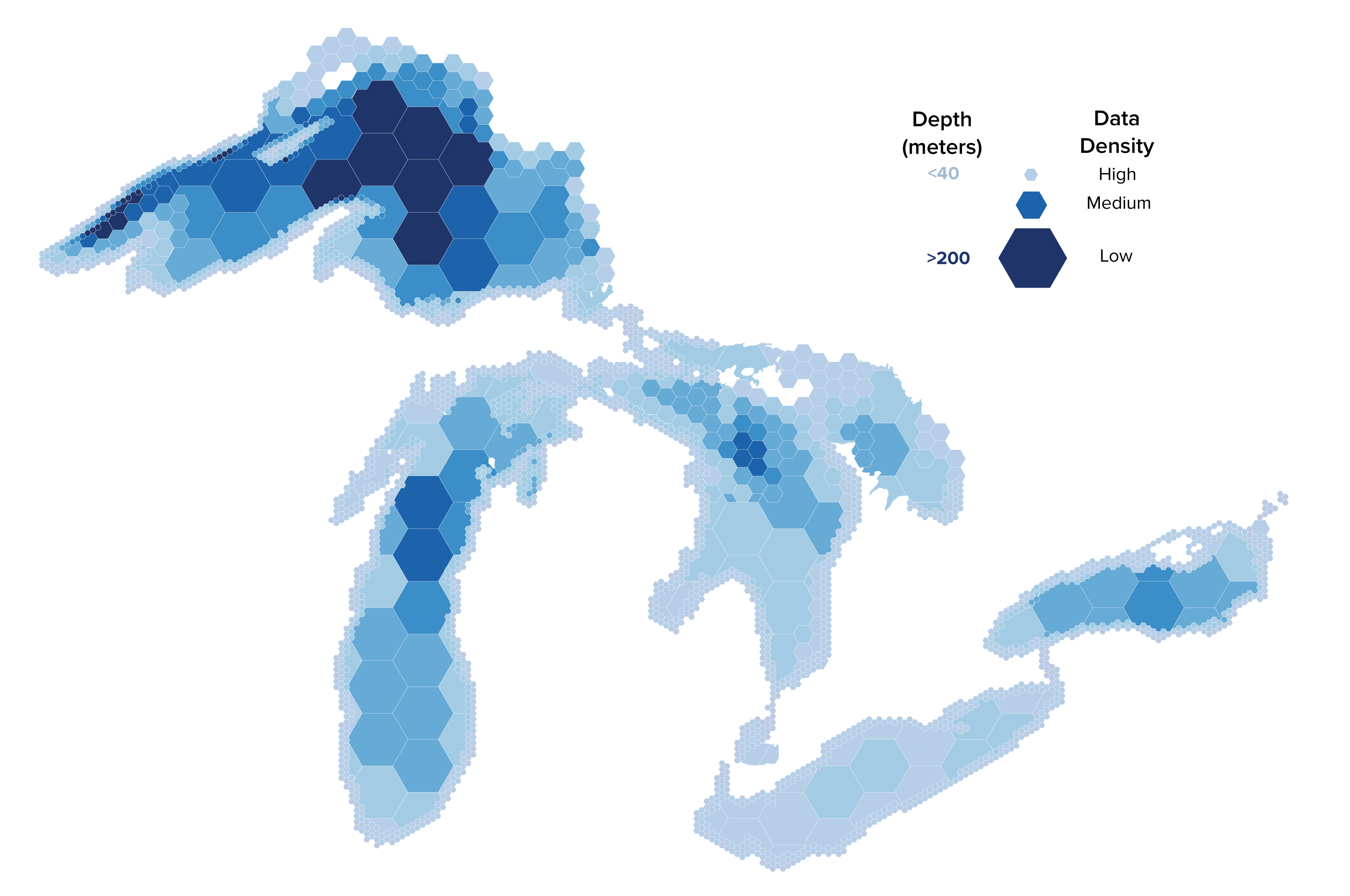
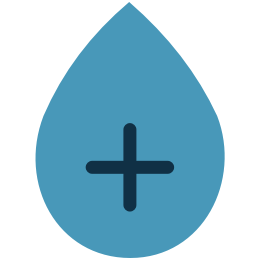
Understand
Water Health
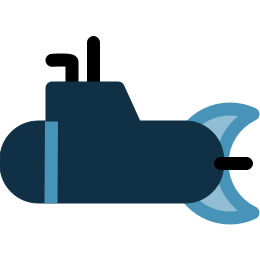
Discover
Cultural Sites

Protect Homes +
Infrastructure
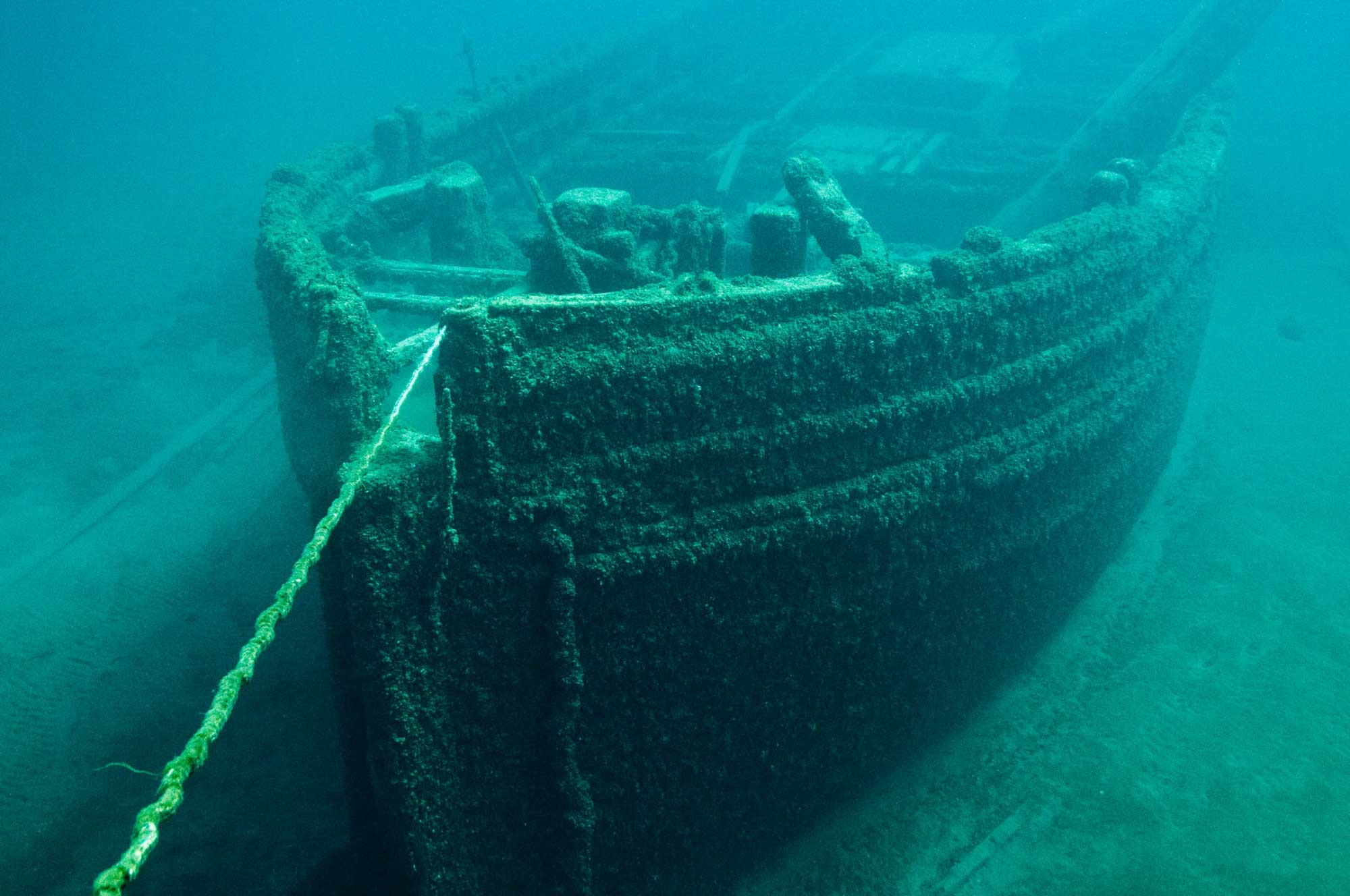
A map that is easy to use and open to everyone
In 2019, a group of researchers, technologists, and others dedicated to creating a complete map launched Lakebed 2030.
Begun as a grassroots regional initiative that harmonizes governmental and non-governmental efforts, Lakebed 2030 is dedicated to bringing together new and existing bathymetric data to create a new map of the Great Lakes that is easy to use and open to everyone.
Email underwater@glos.org to get involved or to learn more.
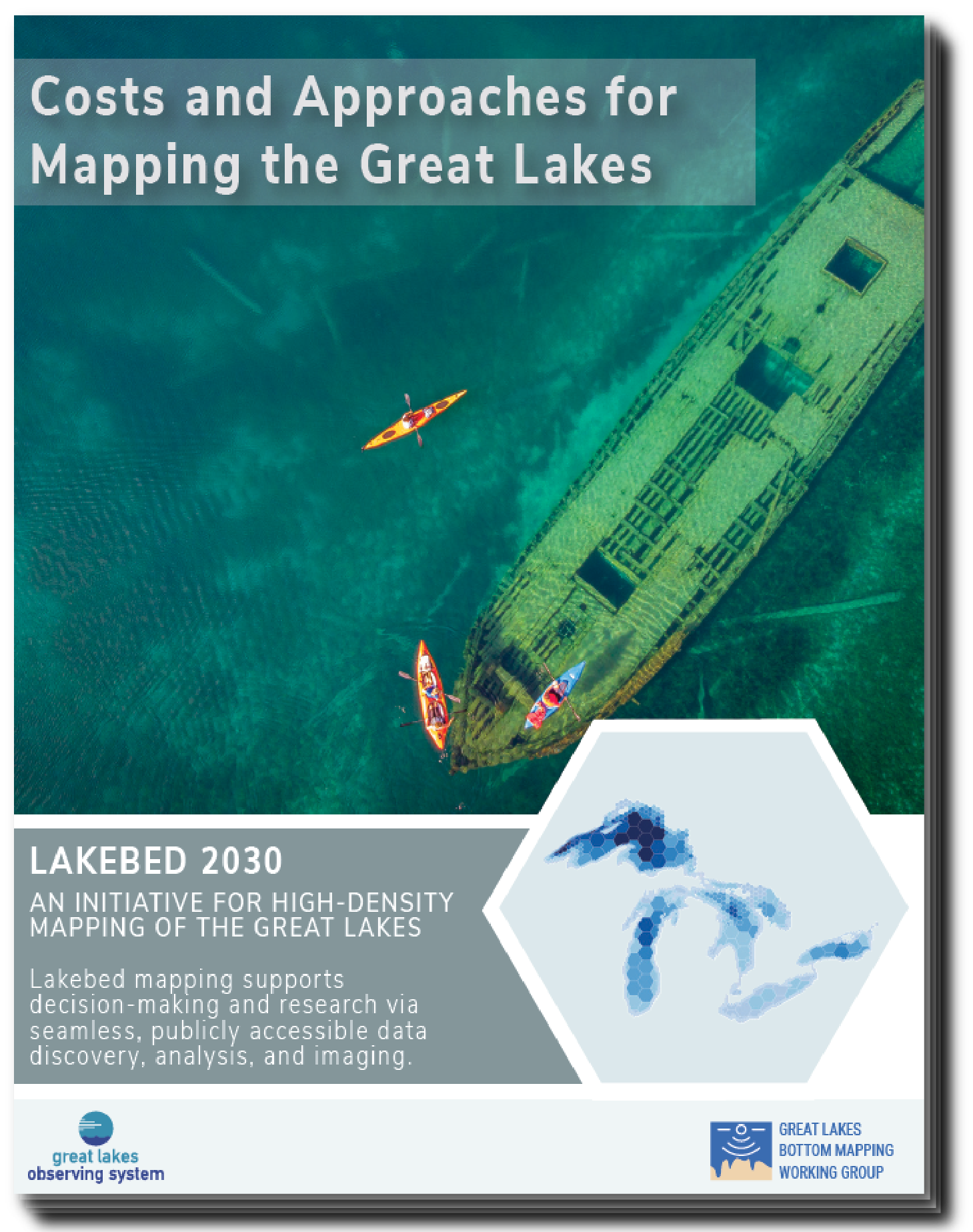
Costs and Approaches for Mapping the Great Lakes
In 2020, GLOS commissioned three experienced surveying organizations to estimate the total cost of mapping the Great Lakes at high-density.
Though different in their approaches and estimates, all reports agree that mapping the Great Lakes at high-density is within grasp, given the proper funding. With continued innovation and a collaborative approach, a continuous, open, and highly detailed map is achievable.
In general, mapping the lakes will require:
- 7 years
- $200 million
- Covering 244,160 square kilometers
A Regional Effort
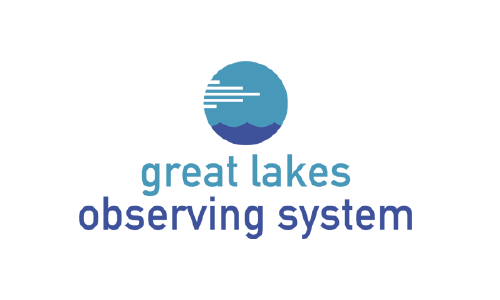
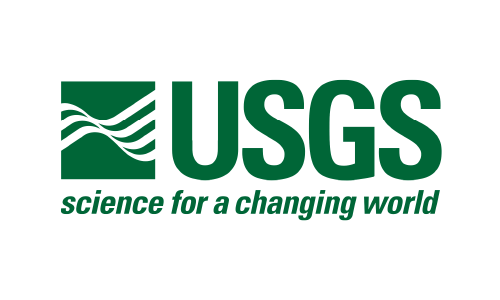
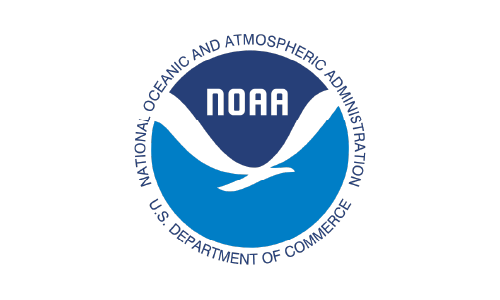
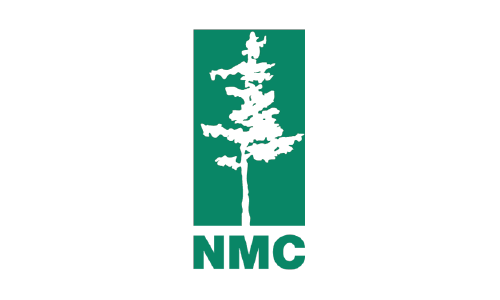
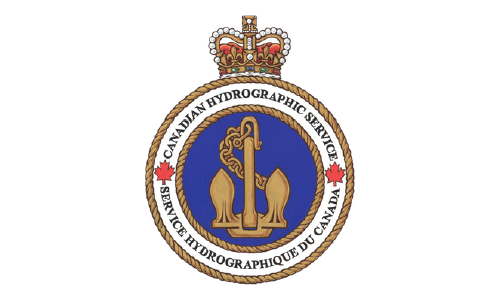

How to get involved
If you are interested in participating or being engaged as a stakeholder in the Lakebed 2030 mapping initiative, please fill out this form.
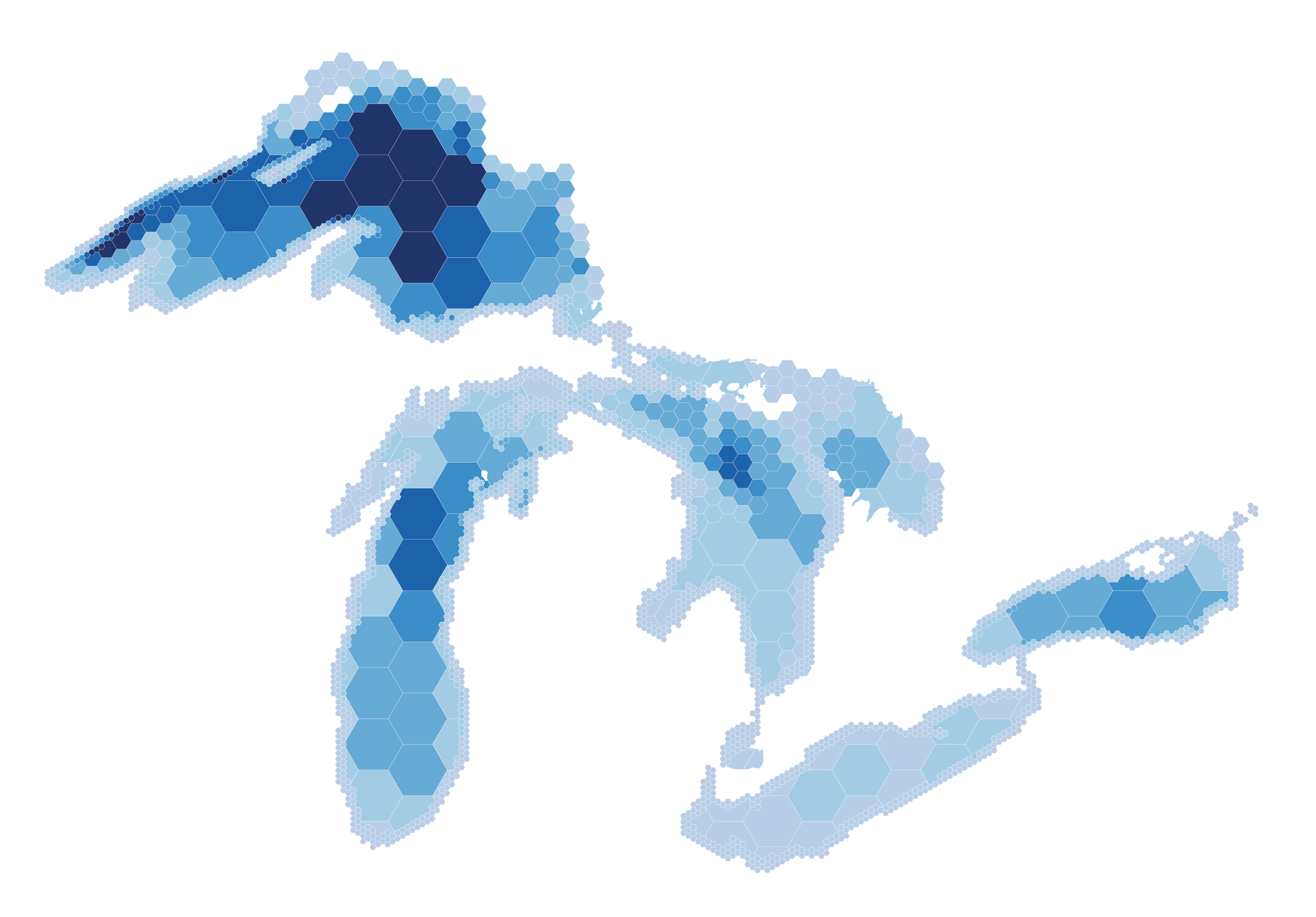
Sept. 29 – Oct. 2, 2025 | Chicago, IL
OCEANS 2025 Great Lakes conference
for global maritime professionals to learn, innovate and lead in the protection and utilization of the world’s largest natural resource – our OCEANS.
There will not be a Lakebed 2030 Conference this year, because the OCEANS conference and expo will be in the Great Lakes in 2025! We encourage the Lakebed 2030 community to attend the OCEANS conference, where you will still see many familiar regional organizations, groups, and businesses that are a part of Lakebed 2030 and are presenting information about approaches to and advances in Great Lakes mapping.

Last Year:
Sept. 17-19, 2024 | Traverse City, MI
Lakebed 2030 Conference
The objective of the Lakebed 2030 conference is to bring together science and research, policy, government, and industry professionals to:
- Focus on high-resolution mapping and bathymetry data in the Great lakes.
- Develop a strategy to catalog new and existing lake bed information for shared use.
- Share the latest technology advancements with the Great Lakes community.
Lakebed 2030 Conference
2024 Presentations
Learn more and view all the presentations from the this fall’s conference.
